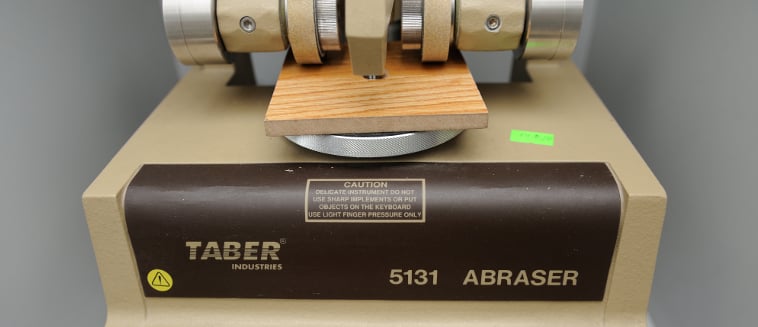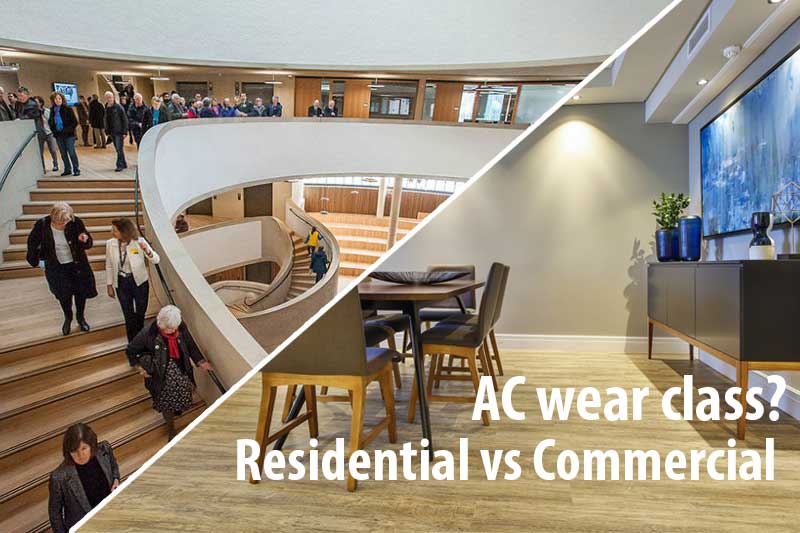Facts
How is laminate flooring graded?
Homeowners and property managers can struggle to make heads or tails of the grading systems used to rate laminate flooring. To simplify this process, we need to assess what the most important criterion is when it comes to choosing laminate flooring, and that is durability. It’s important to understand how laminate flooring is graded to understand how suitable the chosen flooring will be for its intended application or usage. Choosing the incorrect grade of laminate flooring could lead to high levels of wear and tear early on, reducing the lifespan of your flooring, and also may affect your warranty. In this article, we help you to understand AC grading in order to choose the right laminate that is rated for your installation requirement.
How is laminate flooring graded?
The universal standard for grading laminate flooring measures the durability of the laminate according to the grade of usage, which generally takes into account the amount of foot traffic the floor will need to withstand. AC rating refers to the Abrasion Criteria, or Class, which measures from AC1 to AC6. AC rating was first developed by the Association of European Producers of Laminate Flooring (ELPF) but is now used as an industry standard to determine the durability of the floor.

A laminate floor is rated based in its performance across multiple resistance tests including staining, impact, heat, moisture and scratching. An electronic abraser is used to perform accelerated wear testing to determine the AC rating of the laminate. The flooring will always take the lowest score across a series of tests, so if the floor receives both an AC2 and an AC4 across testing, it will ultimately get the score of AC2. Laminates that fail any particular test will receive an “unrated” score – you should avoid using unrated or low rated floors despite the cost benefits of purchasing these products.
Classifications are split into two usage categories:
residential and commercial.
What grade laminate is best for residential use?
| AC1 rating (Class 21) | Very light foot traffic | Can be used for closets, dining rooms, guest bedrooms, low traffic adult bedrooms. Not recommended for commercial use. |
| AC2 rating (Class 22) | Moderate foot traffic areas with low amounts of wear and tear | Can be used for family sitting rooms and dining rooms. moderately trafficked adult bedrooms. |
| AC3 rating (Class 23/31) | Moderate trafficked | Can handle any type of residential setting. This is the highest rating for homeowners and the lowest for commercial use. Can be used in main living areas, playrooms, hallways, and for stairs. |
View and AC3 residential installations and and AC4 black forrest installation
What grade laminate is best for commercial use?
| AC4 rating (Class 32) | Any domestic and general trafficked commercial spaces | This is the first level designated for commercial use. Can be used for offices, cafes, salons and boutiques or residential spaces. AC4 rated laminate to hold up to daily shoppers. |
| AC5 rating (Class 33) | Busy areas requiring medium to heavy traffic resistance | Can be used for most retail stores, showrooms, restaurants and schools. |
| AC6 rating (Class 34) | Very heavy intensive trafficked areas | Can be used for hypermarkets, airport terminals and public-facing government buildings. |
View an AC4 commercial installation


